Manufacturing 101
What is CFRP? Understanding Carbon Fiber Reinforced Polymer
In today’s Manufacturing 101 post, we will be discussing CFRP, which stands for Carbon Fiber Reinforced Polymer. CFRP is a composite material that is widely used in various industries, including aerospace, automotive, and construction.
- Definition: CFRP is a composite material made up of carbon fibers and a polymer resin, usually epoxy. The carbon fibers provide the strength and stiffness, while the polymer resin acts as a binder that holds the fibers together. This combination of materials results in a high-strength, lightweight material that is ideal for many applications.
- Properties: CFRP has several properties that make it a popular choice in many industries. It is lightweight, strong, stiff, and corrosion-resistant. It has a high strength-to-weight ratio, which means it can withstand high loads and stresses without adding unnecessary weight. It is also durable and can withstand harsh environments.
- Production: The production of CFRP involves several steps. First, carbon fibers are woven into a fabric or mat. Then, the fabric or mat is impregnated with a polymer resin, usually epoxy, to form a composite. The composite is then cured at high temperatures and pressures to form a solid material.
- Applications: CFRP is used in many industries, including aerospace, automotive, and construction. In aerospace, it is used to make aircraft parts such as wings, fuselages, and rotor blades. In the automotive industry, it is used to make body panels, frames, and suspension components. In construction, it is used to reinforce concrete and steel structures.
- Advantages: CFRP has several advantages over other materials. It is lightweight, which reduces fuel consumption and improves performance. It is also strong and stiff, which makes it ideal for applications where high strength is required. It is corrosion-resistant, which extends its lifespan, and it can be easily molded into complex shapes.
As you now know, CFRP is a composite material made up of carbon fibers and a polymer resin. It has several properties that make it a popular choice in many industries, including aerospace, automotive, and construction. It is lightweight, strong, stiff, and corrosion-resistant. Its production involves several steps, and it is used to make a variety of products including aircraft where its strength-to-weight ratio improves fuel efficiency.
Interested in finding out more information about our standard and custom tools? Consider contacting the experts who make Custom Come Standard, and let us find the perfect cutting tool for you. Just send us an email at sales@gwstoolgroup.com to get started!
